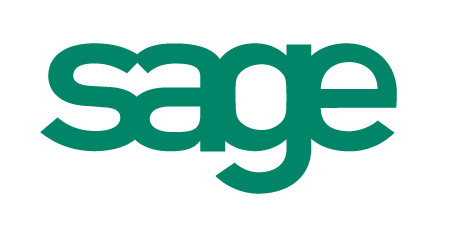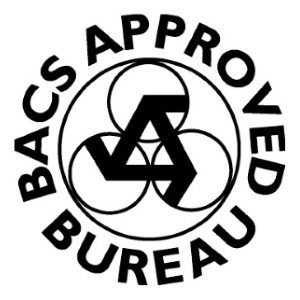

What is Administration?
Administration is a formal corporate insolvency process designed to help companies facing severe financial challenges. It provides legal protection from creditor actions while allowing your business to restructure, find a buyer, or prepare for an orderly wind-down of its affairs. Administration aims to either save the company or — if this is not possible — achieve a better return for your creditors than might be possible through immediate liquidation.
The most important thing to understand about Administration is that it grants a moratorium — meaning that creditors cannot take legal action, pursue payment or issue a winding-up petition during the period of Administration.
Benefits of Administration
If your company is experiencing financial distress, entering into Administration offers several important advantages:
Protection from creditor action
One of the best benefits of Administration is that it provides an immediate moratorium on legal actions by creditors. This prevents your company’s assets from being seized, stops any ongoing legal proceedings and prevents creditors from issuing a winding-up petition. By placing your business under the control of an Insolvency Practitioner, Administration buys you time to assess your situation, negotiate with creditors, and develop a potential plan to get back on your feet.
Time to restructure
The business Administration process gives companies the breathing space they need to review their financial situation and explore options for recovery. During this time, our Insolvency Practitioner can work with your directors to assess whether restructuring and Administration could offer a viable solution, such as renegotiating terms with your creditors, streamlining operations or finding a buyer for the business.
Opportunity for company rescue
The main objective of Administration is company rescue. If your business remains viable at the core — our Insolvency Practitioner will work to develop a strategy that preserves as much of your company’s value as possible. This might include selling parts of the business, finding new investments or negotiating with your creditors to restructure debts.
A better outcome for creditors
If company rescue is not possible, Administration still aims to achieve a better return for creditors than would be achieved through immediate liquidation. By carefully managing the sale of assets and distributing the proceeds in an orderly fashion, our Insolvency Practitioner will ensure that creditors are paid in the correct order of priority.
The role of the Insolvency Practitioner
At Bennett Verby, once your company enters Administration, our Insolvency Practitioner will take full control of your business and will be responsible for managing its operations day-to-day. We’ll make sure that the best choices are made for the future of the company and protect the interests of any creditors you have.
An IP’s role is not just to oversee the Administration procedure but to work with all stakeholders to find the best possible solution for the business. Whether that involves restructuring the company, finding a buyer or preparing for an orderly wind-down, our IP and insolvency experts are committed to ensuring that the process is handled with professionalism and care. Choosing an experienced IP is essential to ensure that the business is given the best possible chance of recovery — we have over 35 years of insolvency experience.
The Administration process
The business Administration process follows a structured set of steps — each designed to ensure that the company’s financial difficulties are handled transparently and legally. At Bennett Verby, we manage every stage of the Administration procedure to ensure that your business is supported throughout the process:
1. Appointment of an Administrator
The first part of Administration is the appointment of an Administrator — usually an Insolvency Practitioner — who takes full control of the company. This can be initiated by the directors, creditors or a court. Once appointed, the Insolvency Practitioner becomes responsible for managing the company and its financial affairs.
2. Business review and plan development
Next, the Administrator will go through the company’s affairs and review your financial situation, working with the directors to develop a plan for the coming months. This might involve restructuring or selling off non-core assets etc.
3. Putting the plan into effect
Once the plan is approved, the Administrator will take the necessary steps to implement it. Throughout this process, the Administrator will keep creditors informed and ensure that all actions comply with UK insolvency laws.
4. Distribution of proceeds
If assets are sold or your business is restructured, the Administrator will oversee the distribution of any proceeds. Creditors will be paid in a designated order of priority — with secured creditors paid first, followed by unsecured creditors. Once creditors are paid up, the remaining proceeds (if any) will be distributed to the shareholders.
5. Conclusion of Administration
The Administration procedure concludes when your business is either rescued, sold or liquidated. The Administrator will file a final report outlining the outcome of the process and the company will either return to the directors’ control, be sold to a new owner or be dissolved.
Get in touch
Is your company facing financial difficulties? Administration could be the best step to help your business. Our team at BV Corporate Recovery & Insolvency Services Ltd is here to provide expert advice and guide you through the process. Contact us online today or give us a call at 0161 476 9000 for a free confidential consultation to discuss your options and find the best path forward for your business.









